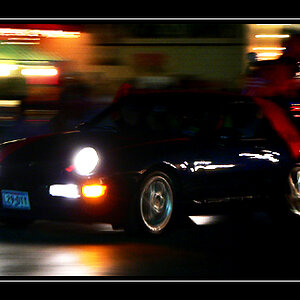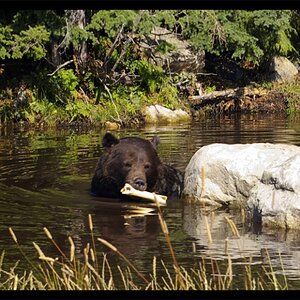Hi All,
I just joined this forum because I have never been able to find the co-relation between mm and zoom. For example, I would like to buy the new Nikon D 80 which comes with 18-135mm AF-S DX Zoom lens. Now what type of zoom is this? 3x, 10x? How do I find this out? Is there any chart, that I can corelate too? Could someone give me crash course on lens?
Thanks,
Trillian
I just joined this forum because I have never been able to find the co-relation between mm and zoom. For example, I would like to buy the new Nikon D 80 which comes with 18-135mm AF-S DX Zoom lens. Now what type of zoom is this? 3x, 10x? How do I find this out? Is there any chart, that I can corelate too? Could someone give me crash course on lens?
Thanks,
Trillian




![[No title]](/data/xfmg/thumbnail/32/32806-e16129723fd659a65a21d27ec96c2637.jpg?1619735667)
![[No title]](/data/xfmg/thumbnail/41/41493-60071420f928565170996b4edc3de2f0.jpg?1619739820)





![[No title]](/data/xfmg/thumbnail/38/38740-d1a7721cf77e9309a9b4a4829c65fdd4.jpg?1619738704)
![[No title]](/data/xfmg/thumbnail/32/32808-9d1f657a1903d3bdbd67ea830397d62c.jpg?1619735668)
